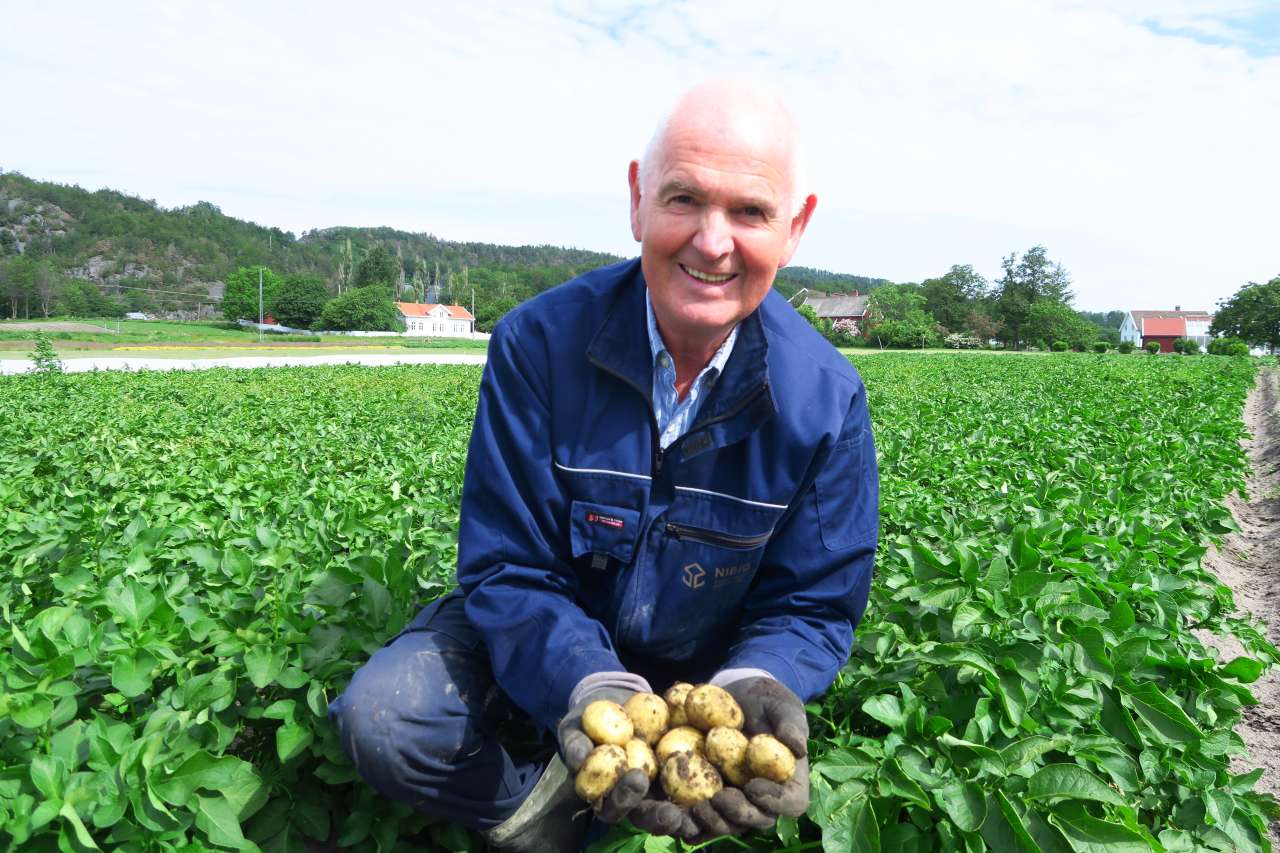Better use of the phosphorus layer in soil

Photo: NIBIO
We used to believe that growing vegetables in the Norwegian climate required liberal application of phosphorus fertilizer. Researchers are now urging moderation, as well as crop rotation between vegetables with different root systems.
Phosphorus is one of the most important nutrients in terms of plant growth. But its liberal use over time has resulted in a large excess of phosphorus in the soil. This excess increases the risk of phosphorus leakage into rivers and lakes. Over time, this creates favourable conditions for algae growth, which in turn results in poor water quality for fish, animals and people. The excessive use of phosphorus fertilizer is also expensive for farmers and an unnecessary use of a limited resource.
Compared with other European countries, the Norwegian climate leads to lower soil temperatures and a shorter growing season. This reduces phosphorus uptake and creates poorer conditions for the utilization of phosphorus reserves in the soil. That is why we believed it was important to apply phosphorus generously in order to achieve good vegetable growth. New research has shown that most vegetable cultures can be fertilized with less phosphorus than that which has been the norm.
Over the last 10–15 years, Erling Stubhaug has contributed to around 90 field trials of phosphorus fertilization in the main vegetable cultures. His advice is clear: reduce phosphorus fertilizer use and focus more on the phosphorus stored in the soil.
"Practically speaking, we could achieve a reduction of 30–40% in Norwegian vegetable production," he explains.
Different root systems give vegetables different abilities to utilize the soil’s phosphorus. With their deep roots and many root hairs, brassicas like cabbage, broccoli, cauliflower and sprouts are able to make good use of the phosphorus reserves. Cultures like onion and leek have shallower root systems with no root hairs, so they need more phosphorus fertilizer.
